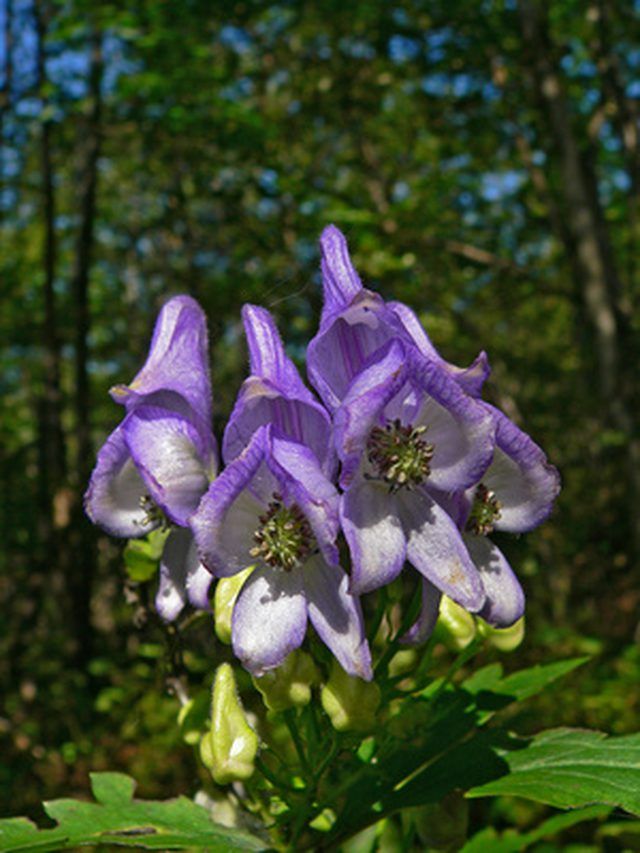Bulbs
Flower Basics
Flower Beds & Specialty Gardens
Flower Garden
Garden Furniture
Garden Gnomes
Garden Seeds
Garden Sheds
Garden Statues
Garden Tools & Supplies
Gardening Basics
Green & Organic
Groundcovers & Vines
Growing Annuals
Growing Basil
Growing Beans
Growing Berries
Growing Blueberries
Growing Cactus
Growing Corn
Growing Cotton
Growing Edibles
Growing Flowers
Growing Garlic
Growing Grapes
Growing Grass
Growing Herbs
Growing Jasmine
Growing Mint
Growing Mushrooms
Orchids
Growing Peanuts
Growing Perennials
Growing Plants
Growing Rosemary
Growing Roses
Growing Strawberries
Growing Sunflowers
Growing Thyme
Growing Tomatoes
Growing Tulips
Growing Vegetables
Herb Basics
Herb Garden
Indoor Growing
Landscaping Basics
Landscaping Patios
Landscaping Plants
Landscaping Shrubs
Landscaping Trees
Landscaping Walks & Pathways
Lawn Basics
Lawn Maintenance
Lawn Mowers
Lawn Ornaments
Lawn Planting
Lawn Tools
Outdoor Growing
Overall Landscape Planning
Pests, Weeds & Problems
Plant Basics
Rock Garden
Rose Garden
Shrubs
Soil
Specialty Gardens
Trees
Vegetable Garden
Yard Maintenance
Information on Indian Flowers
Information on Indian Flowers. India has a widely varied climate, allowing for the natural growth of all manner of floral species. Flowering plants are an integral part of Indian culture, and many types are valued for religious practices and medicinal properties. Historically, and even more so today, some native Indian plants are recognized...
India has a widely varied climate, allowing for the natural growth of all manner of floral species. Flowering plants are an integral part of Indian culture, and many types are valued for religious practices and medicinal properties. Historically, and even more so today, some native Indian plants are recognized worldwide for their medical uses or aesthetic beauty.
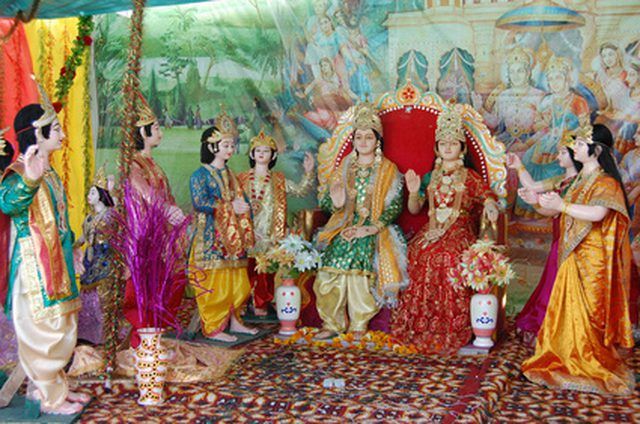
Madagascar periwinkle, a perennial with pink and white flowers, possesses alkaloids that were discovered to be useful for treating leukemia in the 1950s and is now exported in bulk to the U.S. to be made into anti-cancer drugs.
Alexandrin senna is a perennial herb with bright yellow flowers. It is used as a natural laxative and also in the treatment of leukemia.
Brahmi is a flowering, perennial herb with blue, purple or white flowers. It enhances cognitive ability and is used in Ayurveda, a holistic healing tradition, for the treatment of ulcers, tumors, indigestion and inflammation.
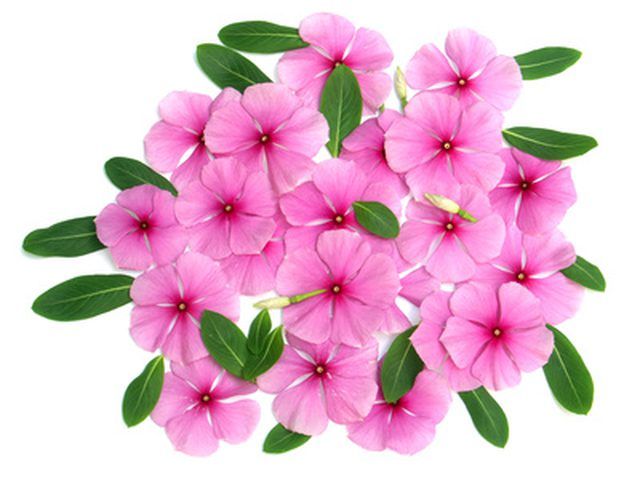
The lotus, a water plant with a single, many-petaled pinkish-white flower, is rich with symbolism and holds special significance as the most sacred flower in India.
Marigold, with its bright golden and orange flowers, is offered to the gods and goddesses of India and is often made into garlands for decorating religious sites.
Jasmine is a shrub with tiny, fragrant white flowers and is used in offerings to Shiva and Vishnu.
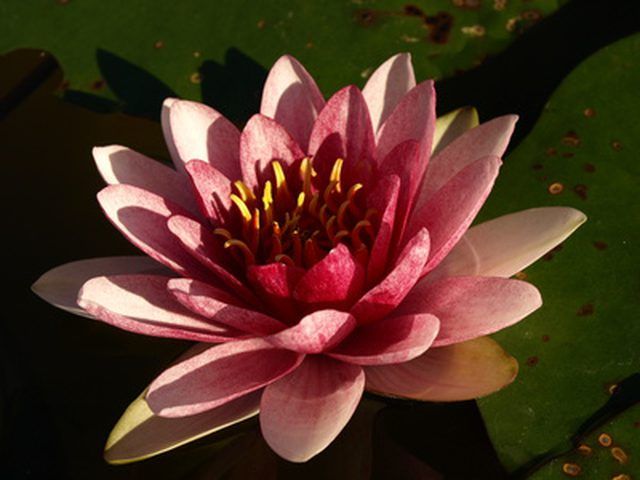
Blue sage has 3- to 6-inch flower spikes with no scent. Native to the Himalayan Mountains of India, it is often grown in home gardens.
Striped Phillipine violet is an easily grown shrub with striped violet and white trumpet-shaped flowers.
Bengal clock vine is an evergreen that twines around its support in a clockwise fashion. It has pale blue or white, cup-shaped flowers with striped centers.
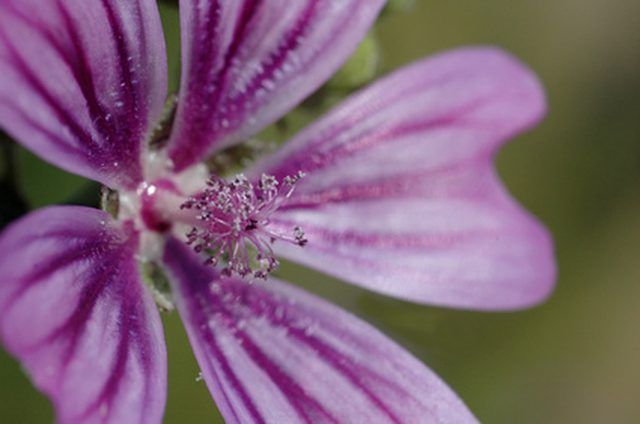
Orchids are the most prolific plant in all of India, covering the entire northeast. Today, orchids are valued all over the world for their beauty.
Mayurpankh is a shrub with pinkish-blue flowers that grow in large bunches. It is found on the Indian peninsula.
Malabar nut is a hardy, herbal shrub with white flowers that grows in the plains and lower Himalayas.
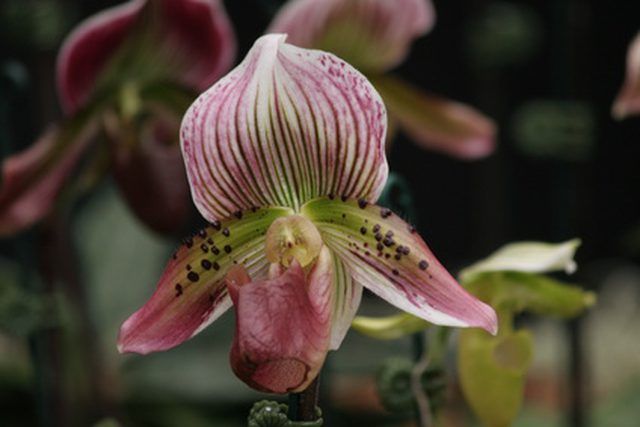
Chitrak is a wild herb with prolific white flowers that bloom year-round. Although the upper part of the plant is used medicinally, the root is a narcotic poison that can induce a miscarriage or halt menstruation.
Aconite, monkshood and wolfbane, of the buttercup family, are perennials with hooded flowers in blue, purple, yellow or white. Long known for their poisonous properties, these plants are used in preparing toxins for use on the spears and arrows of Indian hunters.
